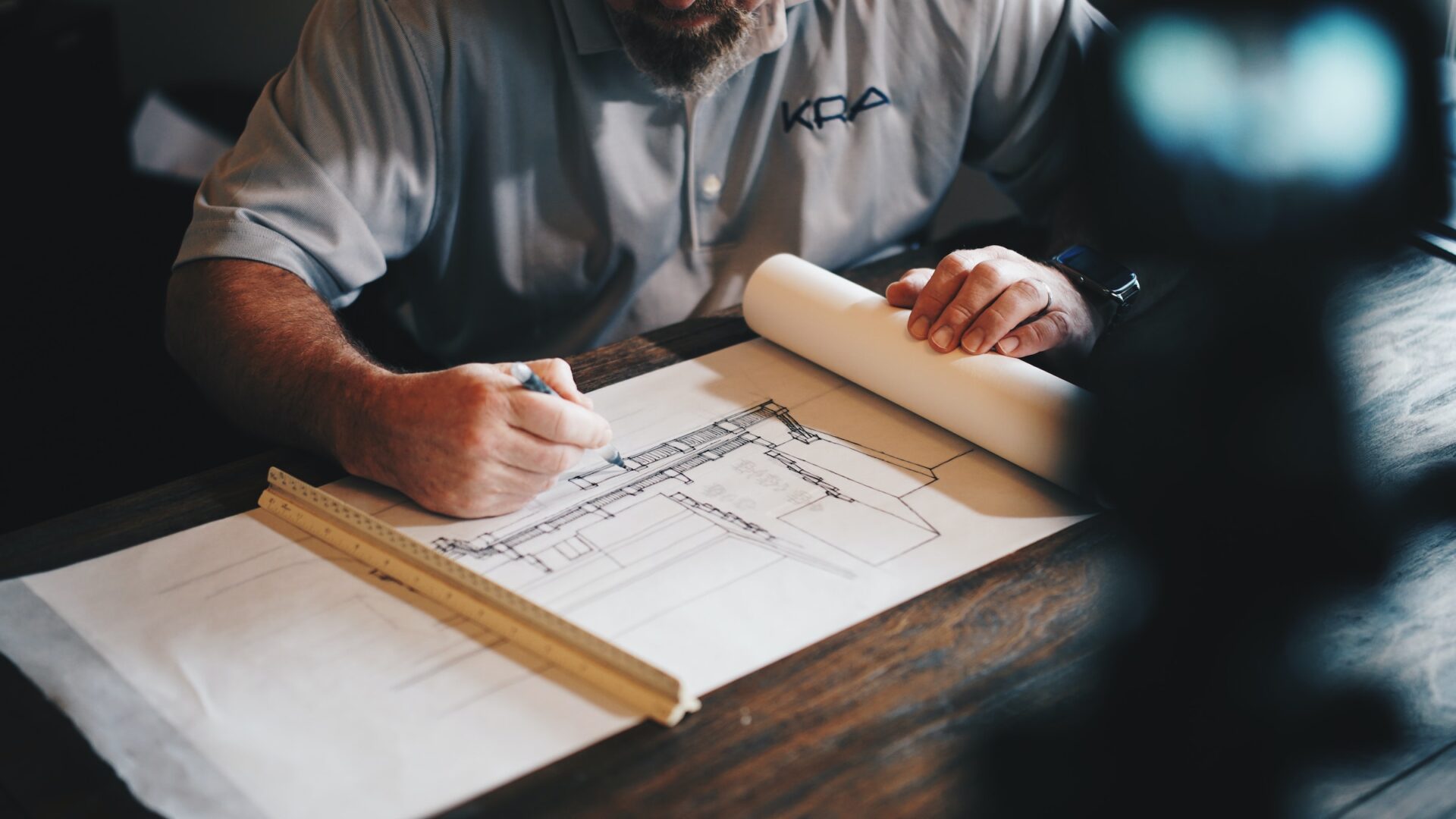There’s no doubt that 3D printing is changing the construction industry in an economically beneficial way, with reports suggesting that the 3D concrete printing process can save between 30 and 60% of construction waste and reduce labour costs by 50 to 80%.
However, there’s more to this technology than simply saving on costs. From architectural innovation and the ability to artistically craft more intricate pre-modern designs, 3D printing is also revolutionising the way in which the construction industry can restore old buildings and create new ones.
With the ability to use additive-manufacturing concrete printers that accompany advancements in IoT and AI, autonomous control has taken over in a way that looks to reduce costs and increase creativity throughout the entire industry.
Table of Contents
Indulging in Architectural Innovation
Following the recent creation of the first 3D-printed home, construction companies in countries such as Russia, China and Amsterdam are now investing in their own 3D printing technologies to encourage architects and builders to form creative partnerships in a way that’s never been seen before.
Jonathan Shea, the senior project manager at the New York architectural firm EDG, said of the innovative technology, “Our hope is that architects and building owners alike will now find the freedom to create captivating and engaging facades that break the monotony of recent trends.
With our method of construction, even on a project where cost governs, ornamentation can be designed and incorporated into the facade without exceeding the budget.”
The best part about this emerging technology? These types of structures only require companies to produce the amount of product that will be used, reducing the amount of construction waste and environmental impact they have on the entire process.
Protecting Rich Cultural History
Not all 3D printing technologies exist solely to revolutionize current construction techniques. Historians are using the technology to preserve rich cultural artifacts, most notably in war zones across the Middle East.
When the ancient city of Palmyra was under siege by Isis in Syria, historians worked to save the remains and bring them back to life in a stunning architectural resurrection using 3D printing.
It is important to note that in conjunction with modern techniques, classic heavy machinery and quality rubber tracks still play a crucial role in the success of such restoration endeavors.
Historians and construction companies have previously been unable to justify spending the number of resources required to restore intricate architectural artifacts, but the cost-effective nature of 3D printing permits this kind of restoration in a way that is creatively stunning and historically beneficial.
As advancements in 3D printing continue to reduce the price of construction, it is becoming popular and accessible for even common consumers and homeowners to build their own homes with the help of a personal 3D printer.
Embracing the Past to Change the Future
3D printing in the construction industry allows companies in every part of the process to innovatively optimize their processes.
With the ability to restore historical artifacts and buildings, more architects will be able to further learn about and engage with intricate designs that were once thought to be too costly to produce in modern-day construction.
While all of this is good news for architectural innovation, it brings about big changes in the construction industry that will force companies to adapt in order to compete.





